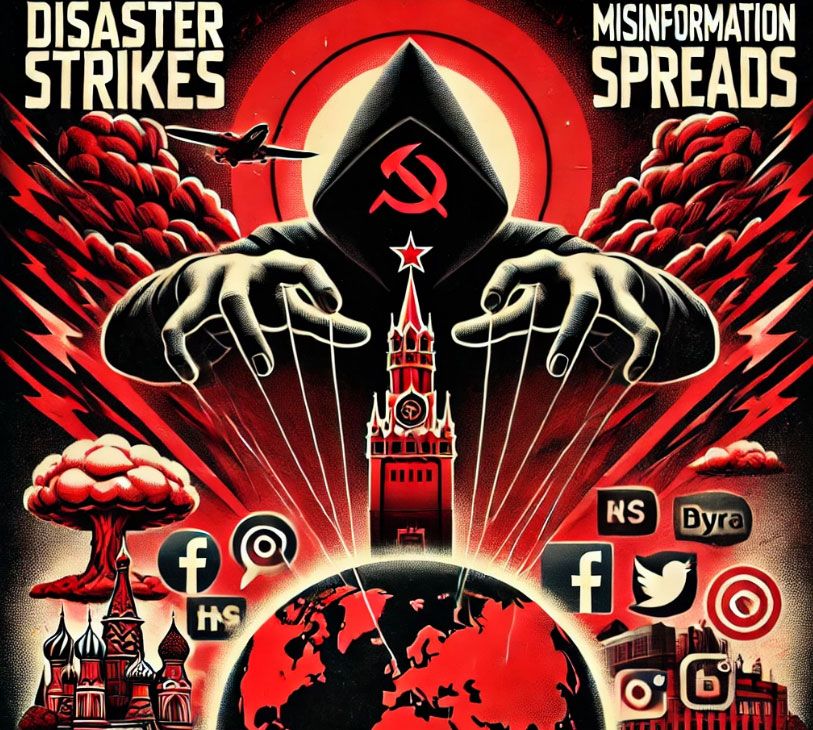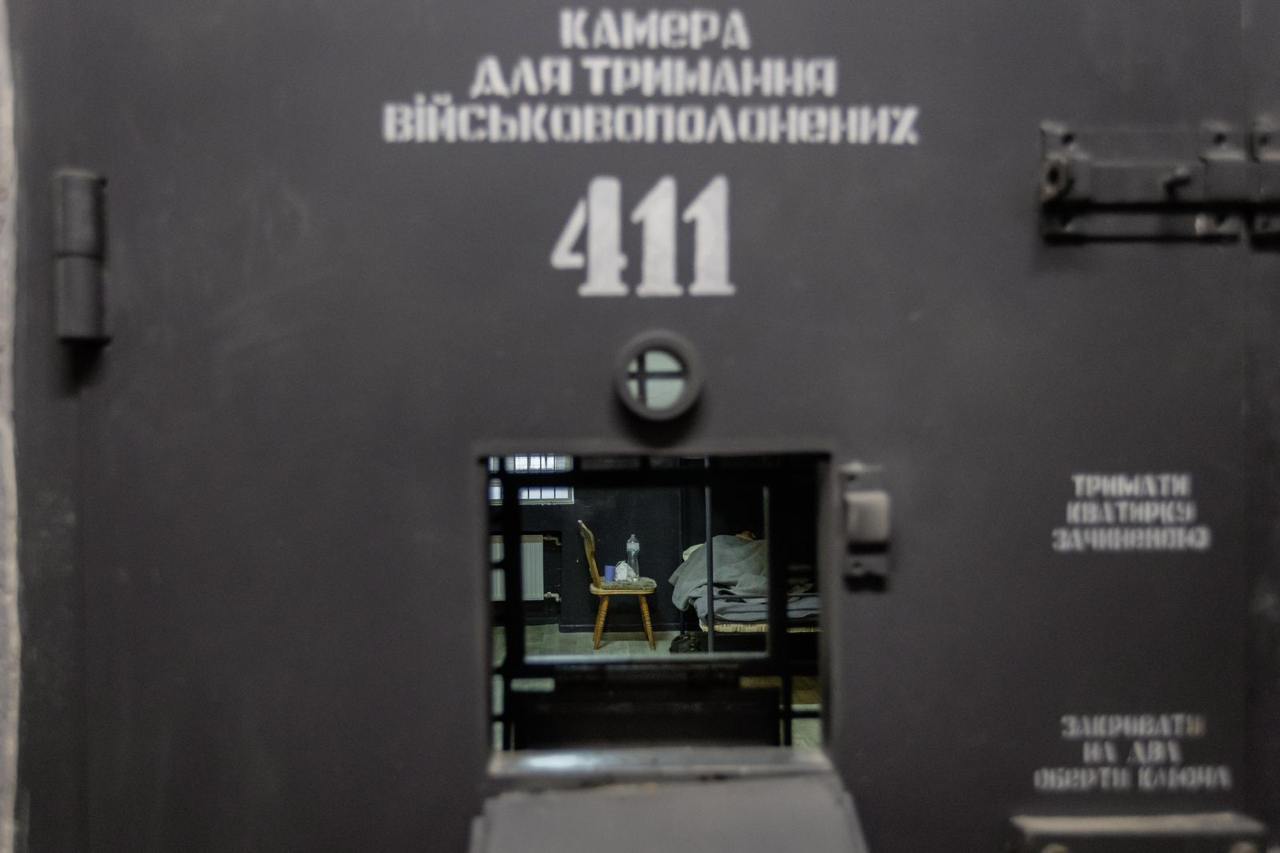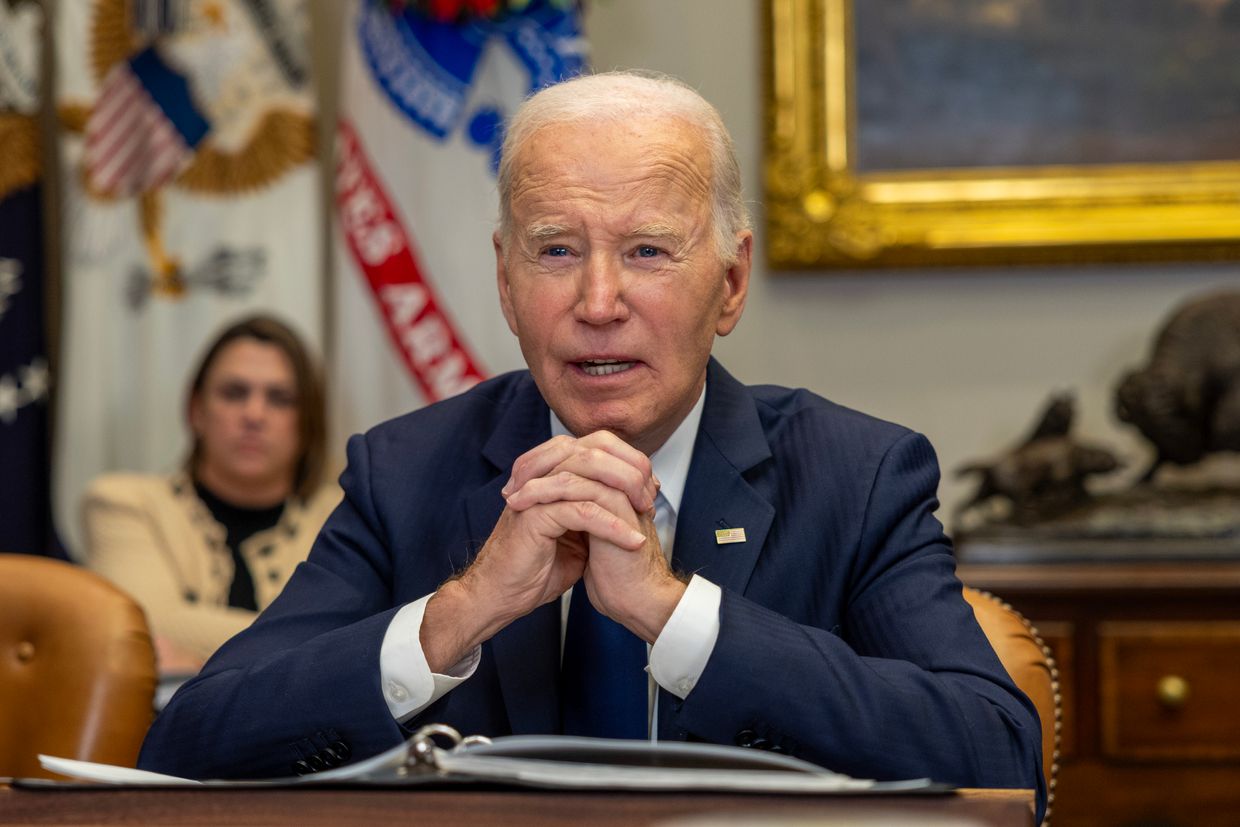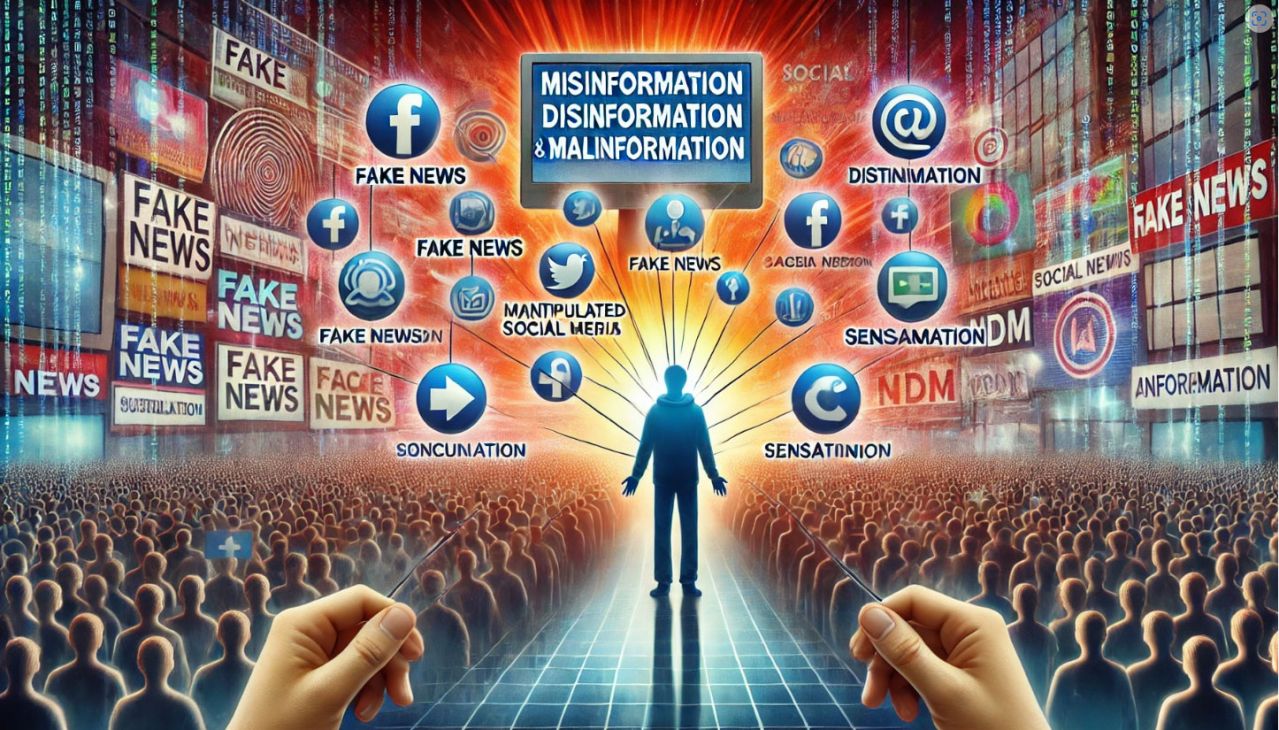The Soviet Playbook: Concealment and Deflection
Chernobyl Disaster (1986):
The catastrophic explosion at Chernobyl's Reactor 4 remains one of the most infamous examples of Soviet disinformation.
The Soviet government's first instinct was to hide the disaster. They delayed evacuations, withheld information, and spread misleading reports to minimize the severity of the radiation leak. Western media, which tried to expose the true scale of the disaster, was accused of anti-Soviet propaganda.
This denial not only endangered countless lives but also shattered public trust in the Soviet system. (State Department Report)
Environmental Smokescreens (1960s-1980s):
During the Cold War, the Soviet Union skillfully exploited Western environmental disasters to paint capitalism as inherently destructive. Oil spills, industrial accidents, and pollution crises in the U.S. and Europe were magnified in Soviet media.
Meanwhile, ecological catastrophes within the USSR—like the desiccation of the Aral Sea—were carefully concealed. (Wilson Center)
Vajont Dam Disaster (1963):
When Italy's Vajont Dam collapsed, killing nearly 2,000 people, Soviet media seized the tragedy to critique Western corporate greed. Reports sensationalized the narrative that profit-driven negligence caused the disaster while ignoring similar engineering failures in the USSR.
This narrative stoked anti-capitalist sentiment and aligned global socialist movements with Soviet ideology. (Oxford Academic)
Russia's Modern Disinformation Tactics
Hurricane Katrina (2005):
Fast-forward to the 21st century, and Russia's disinformation machine has become more sophisticated. In the aftermath of Hurricane Katrina, Russian media exaggerated reports of lawlessness and racial disparities in New Orleans. These narratives painted the U.S. government as incompetent and indifferent, particularly toward African American communities.
This portrayal aimed to erode America's global standing, especially in developing nations. (PBS NewsHour)
2010 Haiti Earthquake:
Following the devastating earthquake in Haiti, Russian state media circulated conspiracy theories suggesting that the U.S. military had weaponized technology to trigger the disaster.
Echoing the infamous HAARP conspiracy, these narratives accused the U.S. of using humanitarian aid as a cover for geopolitical dominance. (Brookings Institution)
COVID-19 Pandemic (2020-Present):
Russia's disinformation strategy reached new heights during the COVID-19 pandemic. Kremlin-backed media outlets spread conspiracy theories about the virus's origins and amplified anti-vaccine misinformation, particularly in Western nations.
By exploiting public health fears and societal divisions, these campaigns undermined global vaccination efforts and fueled political polarization. (Radio Free Europe/Radio Liberty)
Targeting Global Audiences: A Strategy to Divide and Distract
Russia's disinformation campaigns surrounding natural disasters are not limited to geopolitical rivals—they are designed to influence regular people worldwide. By injecting false narratives into global discourse, Russia amplifies social divisions, erodes trust in democratic institutions, and exacerbates crises.
Whether targeting marginalized communities in the U.S. during Hurricane Katrina or spreading vaccine skepticism during the COVID-19 pandemic, the Kremlin's goal is to weaken societal cohesion and destabilize global cooperation.
Recurring Disinformation Tactics
Russia's manipulation of disaster narratives follows a familiar pattern:
- Denial and Deflection: Downplaying domestic crises while spotlighting foreign failures.
- Blame-Shifting: Accusing rivals of causing or mishandling disasters.
- Exploiting Social Divides: Highlighting inequality and systemic failures in other countries.
- Conspiracy Theories: Pushing narratives about engineered disasters or hidden agendas.
The Global Impact
From Soviet cover-ups to Russia's modern propaganda campaigns, the Kremlin has consistently weaponized natural disasters to serve geopolitical goals. These efforts not only distort the truth but also endanger public health, deepen societal divisions, and erode trust in democratic institutions.
As global crises become more frequent—whether through pandemics or climate disasters—the need to recognize and counter disinformation is more urgent than ever.
Building Resilience: Countering Disinformation
Combating Russia's disinformation requires a comprehensive, global approach:
- Promoting Media Literacy: Educating the public to critically analyze information sources.
- Strengthening Independent Journalism: Supporting media outlets that provide factual, unbiased reporting.
- International Cooperation: Nations must collaborate to identify and neutralize disinformation campaigns.
- Technology Regulation: Platforms should implement stricter policies against the spread of false information.
Only through collective vigilance and proactive measures can societies safeguard truth and resilience in the face of crisis-driven manipulation.
Join us in edumacation! Learn and teach others!















